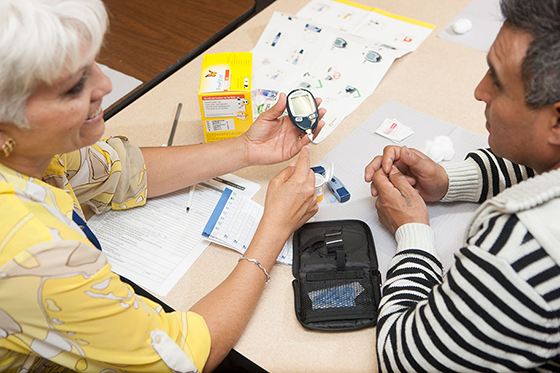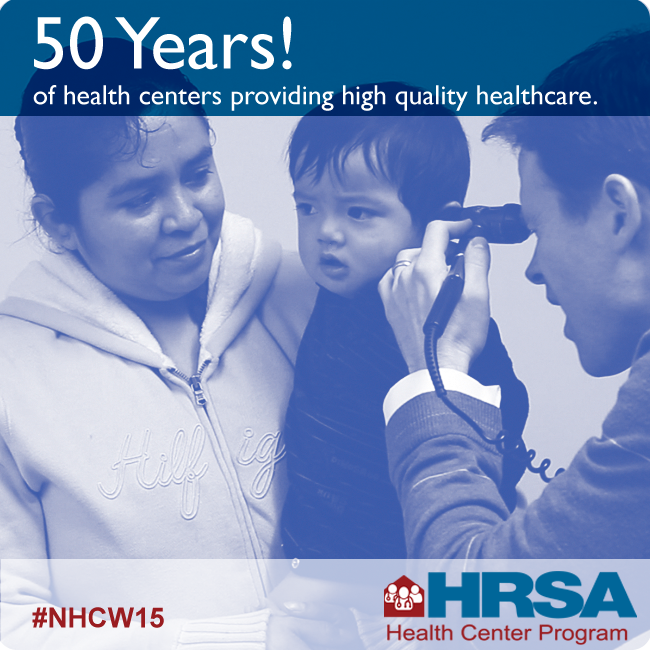Community Health Centers: Serving Our Nation’s Most Vulnerable for 50 Years
 This week we join in celebrating the 50th anniversary of the Health Resources and Services Administration (HRSA) Community Health Center. For 50 years, community health centers have been fulfilling a critical role in providing quality and accessible health care to millions of Americans, especially some of the nation’s most vulnerable. NCLR is proud to count several community health centers among our Affiliate Network in states across the country with a shared goal of increasing the number of people with quality, affordable, and accessible care.
This week we join in celebrating the 50th anniversary of the Health Resources and Services Administration (HRSA) Community Health Center. For 50 years, community health centers have been fulfilling a critical role in providing quality and accessible health care to millions of Americans, especially some of the nation’s most vulnerable. NCLR is proud to count several community health centers among our Affiliate Network in states across the country with a shared goal of increasing the number of people with quality, affordable, and accessible care.
For the past 50 years, the HRSA Community Health Center program has been providing health services to medically underserved communities across the country. Community health centers support nearly 1,300 health centers in the United States and other U.S. territories. As a result, health centers have created a network of one of the largest systems of primary and preventive care in the country.
Keep up with the latest from UnidosUS
Sign up for the weekly UnidosUS Action Network newsletter delivered every Thursday.
Community health centers are particularly important to the uninsured because they are not permitted to deny access based on immigration status, lack of insurance, or ability to pay. In many cases, patients can receive comprehensive primary care, including preventive services, prenatal care, and even counseling services. Health centers’ diverse patient mix also reflects their unique role in providing access to those who might otherwise remain disconnected from health coverage. For example, last year, Latinos accounted for more than one out of three patients served at these health centers, numbering 7.7 million patients, an increase of over two million from 2008. In 2010, health centers provided health care to nearly one million migrant and seasonal workers, a segment of the population that traditionally has had low incomes and poor access to health care. Furthermore, nearly one-quarter (24.6 percent) of all health center patients are served in a language other than English, a major barrier to regular care.
The Affordable Care Act has made critical investments to further increase the ability and capacity for community health centers to continue playing a key role in quality, accessible, and affordable care delivery. For example, the number of these centers has grown along with the types of services they can provide. Over the past four years, the number of health centers has grown by over 500, more than 150 HIV/AIDS treatment and care grants have been distributed, and more than 1,200 centers throughout the nation now do outreach and enrollment activities.
The expanding role of community health centers is critical to providing health and stability to the Latino community, as well as many minority and at-risk populations. We look forward to the HRSA Community Health Center program having a positive impact on the lives of Latino families for another 50 years.


